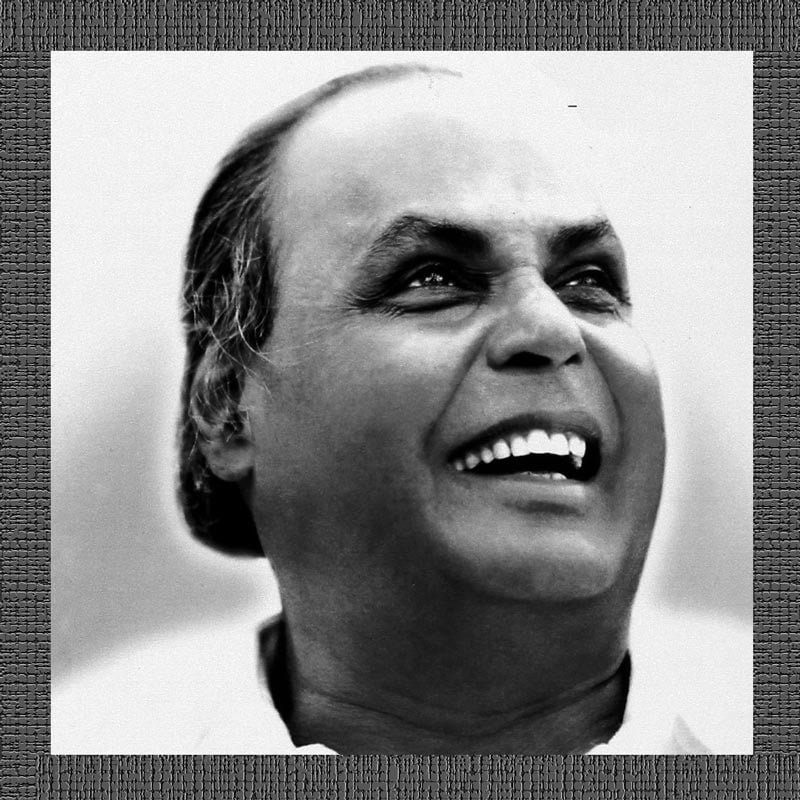When Dhirubhai stepped into the industrial field with his dreams then there was no economic liberalist environment like today. Entire industry was enmeshed into government controls. Corruption was prevalent in politics and administration due to licence raj. It was difficult for a newcomer to find a toe-hold. Textile industry was in the grip of old guards and deeply entrenched orthodoxy. Dhirubhai carefully analysed the situation. He took some unusual decisions. One such step was to concentrate on manufacture of polyester yarn fabrics. The major problem was that polyester was not produced in India. It was imported. But import policy was very strict. A newcomer could not get an import licence. To overcome this handicap Dhirubhai used the loop hole route of import policy. He was determined to import polyester. That route was Supplementary Import Licence. If an entrepreneur exported goods he could import. For an exporter, import doors opened as an export incentive. So, Dhirubhai first exported spices and some other items and used Supplementary Licence to import rayon. When rayon production began in India he exported rayon to import nylon. When domestic production of nylon started he exported nylon to import polyester. Thus, Dhirubhai made full use of the loophole route. To outwit his rivals he adopted the same tricks that big industrial house were using.

He exported at good profit. Barring a few exceptions he exported at 400% profits. But to import huge quantities of nylon he had to export rayon at losses. For him import of nylon was imperative at that stage and there was no other way to get import licence for that item. It was the time when most of the industrialists and entrepreneurs cursed and spit fire at government policies and the restrictive controls. Dhirubhai did not waste time in ranting against policies. Instead he explored the loophole routes in the mesh of those very controls and restrictions. He knew that where there was a will there had to be a way. Once Dhirubhai Ambani revealed with a sweet smile that had nylon import rules not been so harsh he would not have earned huge profits. Thus, what for others was an insurmountable hurdle it was a huge advantage for Dhirubhai. It was made so by his innovative and inventive business mind. His success is more significant if you try to study his graph of rise and corresponding restrictive policies controls and licence regimes at different points of time when private industrial sector was limited. Public undertakings were all over. There was little scope for new entrepreneurs. The space available was already taken up by traditional industrial houses and old players. They were ruling the roost. Dhirubhai worked his way up in such adverse scenario. With his thinking mind and craftness he changed the scene and outwitted the entrenched players. He operated at a time when the big business houses were feeling protected by the limiting lines of the government’s restrictive policies and controls. They were exporting substandard merchandise and earning profits. The new enterprising entrant called Dhirubhai Ambani completely turned the equations upside down to the chagrin of old industrialists who were protected and patronised by the government. Dhirubhai was infact a clever mix of Gujarati business mind, confidence of an American industrialist and the Japanese technique and sharpness.

